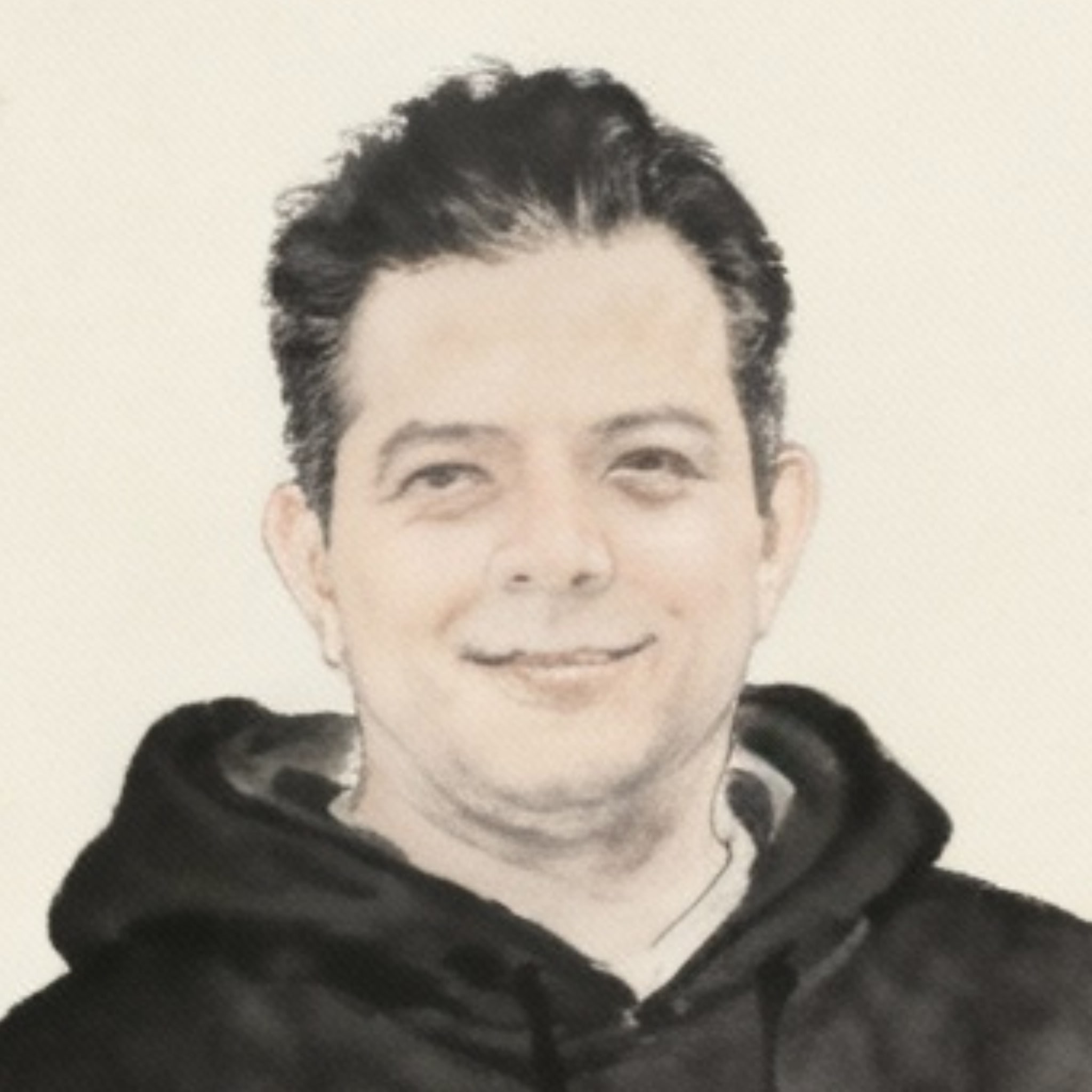Last week, I overheard a conversation between a doctor and an old lady while sitting in a waiting room for my appointment.
The lady was explaining how her knees had been hurting badly. “Doctor, these knees are killing me,” she said. “Because of this pain, I can’t visit my son anymore. I can’t walk to my friend’s house for our weekly tea. I can’t even kneel down to tend my little garden.”
The doctor nodded sympathetically and started scribbling notes. He asked about her medication, examined her joints, and ordered a few tests.
But as I sat there listening, it struck me that they weren’t having the same conversation.
To the doctor, her problem was medical: inflammation, cartilage damage, maybe arthritis. But to the woman, her problem was emotional. She wasn’t talking about pain; she was talking about loss. Loss of movement, of connection, of meaning.
Her story wasn’t about her knees. It was about her life.
And that, right there, is the heart of storytelling.
The Stories Beneath the Surface
Every human being lives inside a story. We think we’re logical creatures, but we’re not—we’re mythical creatures wearing modern clothes.
That old lady’s pain is a metaphor for how most of us communicate. We talk about our symptoms, but what we really want is to be understood. The facts matter, but the story behind the facts is where the truth hides.
Early in my career, I assumed success would come from strategy and business models—the “rational” stuff. What actually moved people, attracted collaborators, and inspired teams wasn’t the plan. It was the story—the vision of what we were building and why it mattered.
You can have the best product and the sharpest skills, but if you can’t tell why it matters, you’ll be invisible.
Storytelling isn’t a soft skill. It’s a core human skill. It’s a superpower.
The Oldest Human Technology
Before writing, agriculture, or the wheel, we had stories.
Cave paintings weren’t data points; they were narratives. A bison wasn’t just an animal—it represented survival, community, and reverence.
Storytelling is the oldest human technology. It’s how we transferred wisdom, taught values, and built tribes.
As Yuval Noah Harari notes in Sapiens, humanity rose by believing in shared fictions—money, nations, religions, corporations. These are stories we collectively agree on.
Your bank balance is a story you and your bank believe in. Your passport is a story about movement and belonging. Even your career is a story you tell yourself about who you are and what you can do.
When we say, “I’m not good at storytelling,” we’re really saying, “I’m not paying attention to the stories that run my world.”
The Science Behind the Magic
There’s solid science here. When we hear a well-told story, our brains release oxytocin, the empathy chemical. Stories can make you cry, move you to act, even synchronize brain activity between speaker and listener—neural coupling.
That’s why leaders who master narrative can move nations, not just companies. Steve Jobs didn’t sell computers; he sold a vision of creativity. Martin Luther King didn’t say, “I have a plan.” He said, “I have a dream.”
Data informs. Stories transform.
The Stories We Tell Ourselves
It’s not only the stories we tell others—it’s the ones we tell ourselves.
For years I lived inside a story that said I needed to become a tech leader. I optimized for progress, chased titles, and assumed happiness was on the next rung.
Eventually I saw that story was exhausting me. Now I’m learning to find joy in slowing down, pausing, and being in nature. The dominant story of achievement gave way to a story of alignment—and that has changed everything.
Rewrite the story you live by and you don’t just change your narrative—you change your life.
Storytelling Is How We Build Reality
Every great human creation—from democracy to Disneyland—began as a story.
Stories enable cooperation. Without shared stories there’s no trust; without trust, no collaboration; without collaboration, no civilization.
Yet most of us run on default stories we didn’t choose—myths inherited from family and culture:
- “I’m not creative.”
- “I’m not a leader.”
- “I’m too old to start.”
They aren’t truths; they’re myths. And every myth can be rewritten.
That’s the real power of storytelling: consciously authoring the story you live by.
Why You Must Learn This Skill Now
We live in an age where attention is currency. The best ideas don’t win—the best stories do.
If you can tell a story that moves hearts and awakens imagination, you can change minds, build movements, and create impact. You don’t need to be born charismatic—you need to learn timeless structure.
The Invitation: Becoming the Storyteller of Your Life
Stop outsourcing your story to society, algorithms, or old beliefs. Become conscious of the narratives you inhabit. Ask:
- What story am I telling about my past?
- What story am I telling about my potential?
- What story do I want the world to tell about me when I’m gone?
The old lady in the waiting room didn’t just need medicine—she needed someone to hear her story. Healing isn’t only reducing pain; it’s restoring meaning.
This essay begins a series on crafting and telling powerful stories—stories that inspire, connect, and transform.
The most important story you’ll ever tell is the one you tell about yourself.
Tell it boldly. Tell it beautifully.
Tell it like your future depends on it—because it does.









